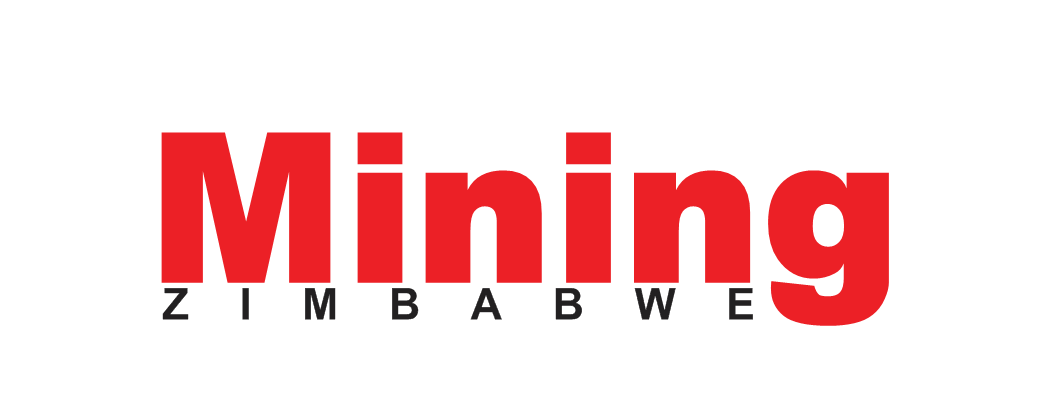What is Just Transition? A Fadzai’s Typical Transition

The concept of a “just transition” is at the forefront of discussions on sustainable development and climate change. But what does it really mean? For many, it represents a shift toward greener economies while ensuring no one is left behind, especially the workers and communities that depend on high-carbon industries.
By Rudairo Mapuranga
However, for Ms. Fadzai Midzi of the Zimbabwe Environmental Law Association (ZELA), just transition goes beyond policy, it’s about everyday life. Speaking at the Zimbabwe Alternative Mining Indaba (ZAMI) 2024 in Bulawayo, Fadzai painted a vivid picture of her ideal just transition.
Fadzai’s Story: A Day of Just Transition
Fadzai opened ZAMI’s day four-morning session on “Research Launch: From Mining to Renewable Energy: Lessons Learned from Benefit-Sharing Legislation for a Just Transition in Africa” with a speech that described a typical day in her life, a day that encapsulates her personal view of a just transition.
“I wake up in the morning, open my window, breathe fresh air, and look at a view of the river. Then I move to the kitchen, pour drinking water from a tap into my bottle.” For Fadzai, this simple act of accessing clean water directly from the tap is at the heart of a just transition, where essential services like water are not only available but sustainable and safe.
“Because I love fitness, I wear my running gear, dash outside… I run through my garden, past a river, and through a group of antelopes and zebras drinking water by the riverside.” Fadzai’s vision is one where people coexist harmoniously with nature—a future in which environmental degradation is no longer a threat, and the effects of climate change are no longer felt.
After her run, Fadzai imagines returning home to make a smoothie from fruits she picks at the local park, highlighting the importance of fresh, organic produce. She envisions a world where this kind of food security is a reality for everyone. Her day continues with her responsibilities as CEO of Fadzai Green Investments Limited, a company dedicated to sustainable business practices.
She concludes her day imagining a life where technology, energy, and resources are seamlessly integrated into a greener, more sustainable lifestyle.
“This is my typical day, which I imagine… not in America, but in Zimbabwe,” she emphasized.
For Fadzai, just transition is personal. It is not only about reducing emissions or adopting renewable energy but about ensuring that daily life is sustainable, equitable, and environmentally friendly.
“To me, a just transition is a transition where I wake up, switch on my lights, and there’s electricity… I use running water, and it’s there on tap, not having to buy water that’s been purified,” she said, describing her vision of a world where essential services are available to all.
While Fadzai’s vision is deeply personal, her story resonates with broader themes of the just transition debate. For many in Zimbabwe, the concept focuses on ensuring that as the country moves toward cleaner energy sources, workers, especially those in industries like mining and coal, are not left behind. Zimbabwe’s economy is heavily reliant on these sectors, and any shift must consider the livelihoods of those involved.
At ZAMI 2024, this sentiment was echoed by several participants who highlighted the need for equitable opportunities in the transition. Some emphasized that Zimbabwe, like many other African nations, needs international support to finance its transition. Others pointed to the importance of re-skilling workers in high-carbon industries to prepare them for greener jobs. The challenge is ensuring that the economic impact of the transition is not borne by the most vulnerable.
One recurring theme was the need for climate justice. Developing nations, including Zimbabwe, contribute the least to global carbon emissions yet face some of the harshest consequences of climate change. There is a strong argument that wealthier nations, which have historically contributed the most to the problem, should bear a larger financial responsibility in supporting just transitions in countries like Zimbabwe.
Fadzai Midzi’s narrative offers a hopeful and practical vision of what a just transition could look like—not just on a policy level, but in everyday life. Her story serves as a reminder that while just transition is about shifting economies and industries, it is also about improving lives. As she put it, “I open up the window to clean air… there’s electricity, there’s running water, everything works, and the effects of climate change are over.”
At the same time, the broader conversation about just transition acknowledges that there are many layers to achieving this vision. From re-skilling workers to ensuring that international climate finance is directed to those who need it most, just transition must address economic, social, and environmental justice.
For Fadzai and many others, just transition is about creating a future where people and the planet can thrive together. Whether through policy changes, investment in clean energy, or reimagining daily life, the goal remains the same: a fair, sustainable, and inclusive future for all.


